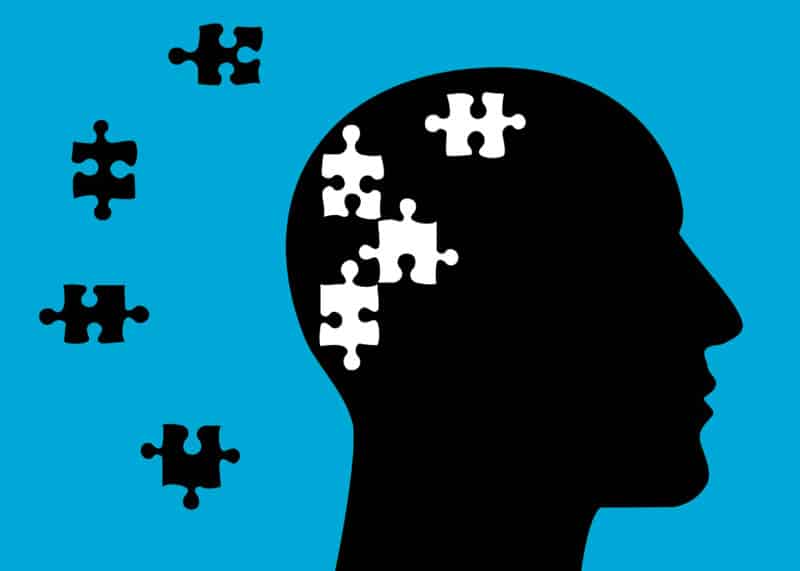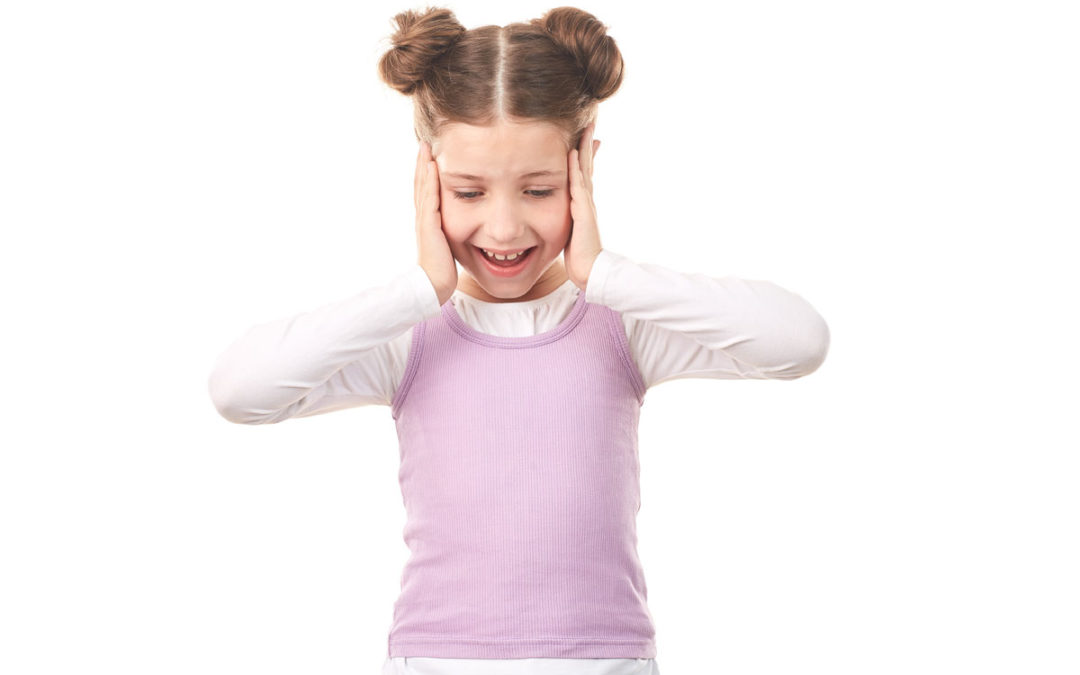
by North Shore Child & Family Guidance Center | Jan 17, 2019 | Blog
In today’s environment, when divisions of all sorts seem to be increasing in our culture, it’s more important than ever to be conscious of raising children who learn about racism and who are committed to equality for all.
“We need to encourage discussions about race and racism not as taboo, but as a normal part of growing up,” says Andrew Malekoff, Executive Director at North Shore Child & Family Guidance Center. “It’s misguided to think that, by talking about race, you will make your kids notice race more or make them racist.”
Regina Barros-Rivera, Associate Executive Director of the Guidance Center, says that parents’ behavior is extremely important in how children form their opinions. She recommends that, if your child or teen makes a racist comment in front of their friends and you hear it, wait until you are alone with them to point out the problem. “You don’t want to embarrass them, but you must let them know it’s not acceptable to make jokes or the comments that are racist or degrading to anyone,” she says. “Have a conversation with them and explain your feelings, rather than scolding them.”
One study determined that a parent’s communications with their child—both explicitly and through the transmission of stereotypes and beliefs that they may not even be aware they have—is one of the largest factors in determining their offspring’s attitudes about race.
“It is often the everyday fleeting indignities, consciously expressed or not, that communicate racial slights and insults toward people of color,” says Malekoff. “It is the cumulative impact of these messages or ‘micro-aggressions’ that can produce the greatest and most lasting damage.”
Sociologist Margaret Hagerman in an article in Time magazine: “How white children learn about racism in America does not only happen during the interactions they have at school. Everyday behaviors of white parents also matter: when to lock the car doors, what conversations to have at the dinner table, what books and magazines to have around the house, how to react to news headlines, who to invite over for summer cookouts, whether and how to answer questions posed by kids about race, who parents are friends with themselves, when to roll one’s eyes, what media to consume, how to respond to overtly racist remarks made by Grandpa at a family dinner and where to spend leisure time.”
For resources on how to have meaningful discussions with your children, visit this website from the Center for Racial Justice in Education. To get involved on a local level, visit Erase Racism.

by North Shore Child & Family Guidance Center | Jan 14, 2019 | Anton Media, In The Media
By Andrew Malekoff
Thanks to a strong advocacy push by a broad array of consumer and provider representatives of behavioral health services, the Mental Health and Substance Use Disorder Parity Report Act was enacted into law by Governor Cuomo on Dec. 21, 2018, as Chapter 455 of the Laws of 2018.
The historic new law is a huge victory for North Shore Child & Family Guidance Center and the broader mental health and substance use care community as it will compel insurers to submit key information to the NYS Department of Financial Services (DFS) for analysis and evaluation of compliance with federal and state parity laws, culminating in the publication of a report on the DFS website that will provide much needed accountability and transparency.
Until now, existing parity laws, which demand that coverage and treatment for mental health and substance use disorders are on par with the coverage and treatment of physical illnesses, have been widely ignored, putting lives at risk. The failure to enforce parity laws was made clear in January 2018, when North Shore Child & Family Guidance Center released Project Access, a Long Island-wide study on the difficulty or ease in which families were able to access healthcare for mental illness and addiction.
This new legislation—which was passed one year after the release of Project Access—is a shared success and would not have been possible without strong grassroots support that included the generation of an enormous volume of letters, calls and tweets from consumer and provider advocates.
The enactment of the law at this time is especially symbolic as New York marks the twelfth anniversary of the passage of Timothy’s Law (the name of New York’s parity law), which Governor Cuomo recognized in his approval message: “Ensuring New Yorkers have access to care and treatment for mental illness and substance abuse disorders is critical and is the reason New York enacted one of the strongest mental health parity laws in the nation [Timothy’s Law] in 2006.”
2018 also marked the 10th anniversary of the federal Mental Health Parity and Addiction Equity Act. The new Mental Health and Substance Use Disorder Parity Report Act puts New York on a path to achieving full compliance and transparency with the state and federal parity laws, which are critical components in maintaining and enhancing access to care for those experiencing mental health and substance use disorders.
The challenge ahead will be to hold the NYS Department of Financial Services accountable, to be sure that they are taking adequate steps to verify the data and information that will be provided to them by health insurers.
Verification is essential to determining, for example, that the networks of providers on a health insurer’s rolls are in fact real as opposed to deceased, retired or no longer accepting insurance. They must also verify and report when waiting lists of valid providers are so long that access is delayed beyond a reasonable time with respect to the urgency of the need.
The reason why there is a paucity of mental health and drug treatment providers is due to the substandard rates of reimbursement that health insurers pay for mental health and addiction care as compared to what they pay physical health care providers. This must be exposed and corrected if found to be the case for denied access.
Access delayed is access denied.
Andrew Malekoff is the Executive Director of North Shore Child & Family Guidance Center, which provides comprehensive mental health services for children from birth through 24 and their families.
by North Shore Child & Family Guidance Center | Jan 7, 2019 | In The Media
Andrew Malekoff
Executive Director – North Shore Child & Family Guidance Center
Did you know that every day more than 290 Americans die from suicide or a drug overdose? With proper treatment, many of these tragedies could be prevented — but despite a law that guarantees coverage, people face enormous roadblocks when they seek care.
In 2008, a federal law called the Mental Health Parity and Addiction Equity Act (or the Parity Act) was passed to stop insurance companies from routinely denying benefits to people with mental health and addiction challenges. Getting necessary treatment is often a matter of life and death.
We have joined a national campaign called “Parity@10” to fight for the rights of people living with mental health and substance use disorders. These are your children, your neighbors, your family, your friends. No one is immune from facing these issues.
Discriminatory insurance coverage must end. When insurers do not comply with the law and government enforcement is inadequate, millions of Americans are at risk.
In 2019, we will continue to advance this cause to end discrimination and guarantee that all people receive the timely and affordable care they deserve and that is mandated by law.

by North Shore Child & Family Guidance Center | Jan 7, 2019 | Blog
Anxiety is a normal part of life, for both kids and adults. It would be difficult to find a child who, at some point, didn’t worry about monsters in the closet, or feel apprehensive on the first day of school. In most cases, these fears are eased with reassurance, love and comfort from an adult in their lives.
But for some children and teens, anxiety is a constant companion. It is part of their everyday lives, and it can seriously impair their functioning. It can even lead to debilitating panic attacks, which are characterized by symptoms such as shortness of breath, shaking, dizziness, heart racing and intense fear.
According to the National Institute of Mental Health, nearly a third of adolescents have an anxiety disorder, with about 8% suffering from severe impairment that leads to poor performance in school or missing school altogether; avoiding social situations; isolating; and/or using alcohol or drugs to mask the pain. They often feel alone and ashamed, and their anxiety can contribute to other conditions such as depression and eating disorders.
Although the cause of anxiety and panic attacks is varied, it can include a trauma, a divorce or death in the family or a physical illness. Plus, some people may be biologically predisposed to anxiety and panic attacks.
How do you know if your child’s anxieties are just part of growing up or if they are more serious in nature?
“Anxiety is a normal response to uncertainty, such as a test, a school report or project, conflicts between friends or arguments with family members,” says Elissa Smilowitz, LCSW and Coordinator of Triage and Emergency Services at North Shore Child & Family Guidance Center. “However, when the anxiety or thoughts causing anxiety come from the child’s internal thought processes, parents may need to bring the child into therapy to address these issues.”
Here are some suggestions on how to help your child or teen who experiences anxiety and panic attacks:
- Encourage your child to speak openly about his or her feelings. They need to know that they are not at fault when they experience symptoms of anxiety or panic.
- Assure them that, although they may feel they are crazy or are going to die, they are not in any danger.
- If your child associates a certain place (such as school) with a panic attack, they may start avoiding that situation. Gentle, gradual exposure is essential, since continued avoidance only strengthens the pattern.
- News and social media can impact children much more than adults, causing them to feel unsafe in their environment, so it’s wise to monitor what your children are watching on TV and on social media.
- Make sure your child eats healthy meals, gets enough sleep and exercises. Being physically healthy can lessen the effects of anxiety and panic.
- Get an evaluation from a medical professional to rule out any physical ailments that may contribute to anxiety.
- Contact a mental health agency or professional; tell your child that seeing a therapist is a perfectly normal thing to do, and that many kids who experience anxiety are helped through therapy.
The good news is that panic and anxiety disorders are very responsive to treatment. If your child or teen needs help, please contact North Shore Child & Family Guidance Center at (516) 626-1971.
Sources:
www.nimh.nih.gov/health/statistics/any-anxiety-disorder.shtml
www.adaa.org
by North Shore Child & Family Guidance Center | Jan 3, 2019 | In The Media
Most germane in considering the push to legalize recreational marijuana use in New York are the observations of noted neuroscientist Judy Grisel who stated, “The debate around legalization — which often focuses on the history of racist drug laws and their selective enforcement — is astoundingly naive about how the widespread use of pot will affect communities and individuals, particularly teenagers.”
During the teenage years, young people are taking steps to achieving emotional independence from parents and other adults, developing a capacity for greater intimacy with peers, forging a healthy sexual identity, preparing for relational and career aspirations, and developing a set of values and an ethical system to guide one’s behavior toward socially responsible ends.
Adolescence is a time for taking risks, trying new experiences, pushing boundaries and testing limits, all necessary for teens to become healthy functioning adults.
Although not all risk is bad, according to youth development expert Peter Scales, “If risk = developmental exploration + environmental danger, the job of caring adults is to reduce the environmental danger part of the equation.” This begs the question about whether legalizing marijuana will reduce the danger or increase it.
The evidence informs us that being high on marijuana impairs attention, learning and memory and that heavy use during the adolescent years can lead to worse outcomes in education, employment, income and social functioning.
The issues that need further exploration include: how to best regulate access to legalized marijuana use to mitigate risk; how to best educate young people and their caregivers to prevent dependence; and how to maximize opportunities for social connectedness among youth.
Scare tactics or punitive measures will not suffice.
On a more fundamental level, there needs to be an understanding about the emptiness a young person (or older one) feels when they are socially disconnected and that drugs can imitate the natural high of human connection.
My colleague Larry Brendtro said it well: “Substance abuse is often an attempt to compensate for the biochemical rush of positive relationships.”
Let’s be clear: If marijuana is legalized for medical and recreational use, even if age limits are established it will not prevent young people from using marijuana. For many young people seeking to use marijuana in a clandestine way, the adventure and excitement will make it even more appealing.
According to the American Academy of Pediatrics, “Changes in the legal status of marijuana, even if limited to adults, may affect use among adolescents by decreasing the perceived risk of harm or through the marketing of legal marijuana, despite restrictions that prohibit marketing and advertising to this age group.”
Teens who feel connected are less likely to engage in high-risk behaviors. Recognizing and building on the strengths of children and teens and promoting social and emotional learning are essential to optimizing connectedness and preventing self-destructive drug use.
We are all aware of the adage, “Those who cannot remember the past are condemned to repeat it.”
Consumption of alcohol increased dramatically when Prohibition ended in 1933. In fact, Alcoholics Anonymous started in 1935. Will legalization of marijuana follow suit?
Beyond prevention and education, if the legalization of marijuana is not coupled with ample resources for schools and communities to help all young people to feel connected in meaningful ways, then for many adolescents their healthy development will be forestalled.
Andrew Malekoff is the executive director of North Shore Child & Family Guidance Center, which provides comprehensive mental health services for children from birth through 24 and their families. To find out more, visit www.northshorechildguidance.org.



